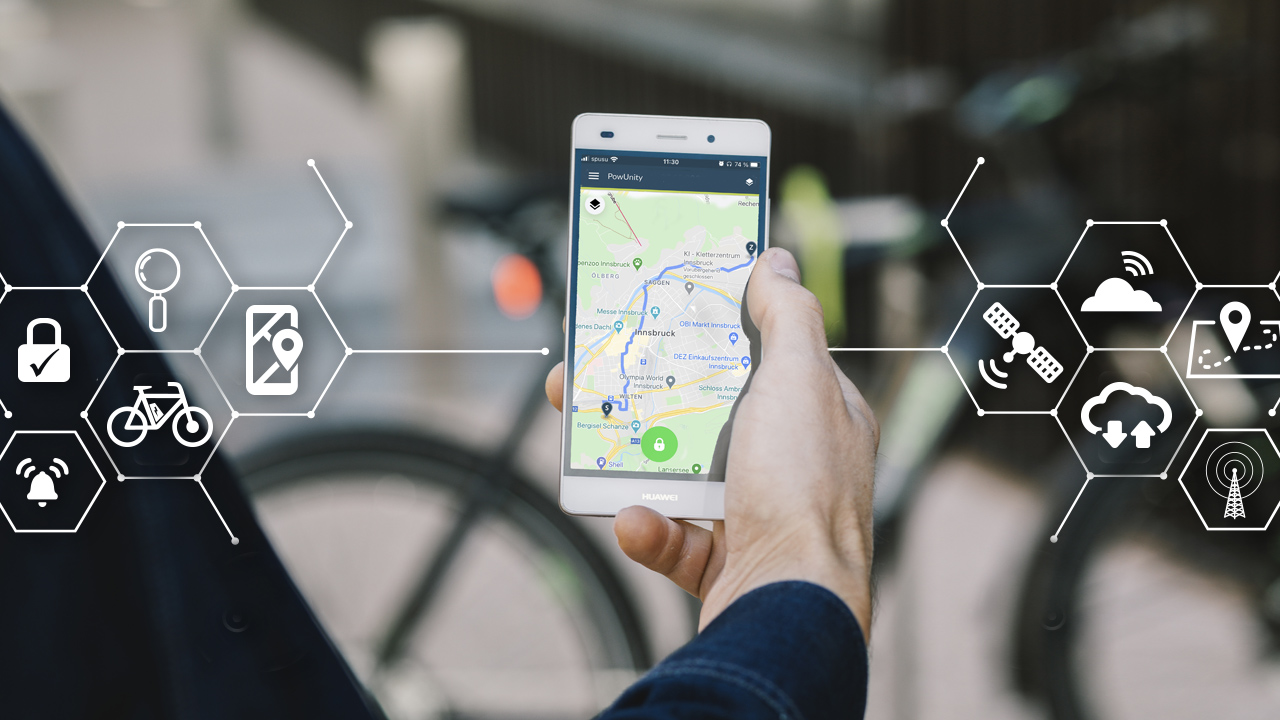As technology evolves, users now have easier access to tools that allow them to manipulate their location using fake GPS apps. This growing issue poses risks across various industries, especially those that depend on precise location data to drive business operations. From ride-hailing platforms to security systems, location spoofing has become a serious challenge that demands urgent attention.
This article breaks down how fake GPS detection works, why it’s a must-have for modern businesses, and what to watch out for when implementing it.
Why GPS Spoofing Isn’t Just a Minor Glitch—It’s a Business Risk
1. It Keeps Your Location Data Real and Reliable
Fake GPS detection protects the integrity of your location-based data. Without it, users can easily manipulate their position for personal gain—causing errors in delivery routes, attendance tracking, or even ride assignments. This can lead to lost revenue, service failures, and serious data abuse.
2. It Shields Systems That Rely on Trustworthy Check-Ins
Whether it’s field surveys, location-based rewards, or check-in apps, GPS spoofing undermines the value of your data. If users can pretend to be somewhere they’re not, your service loses credibility and the data becomes meaningless.
3. It Prevents Fraud That Could Land You in Legal Trouble
In regulated industries like logistics or law enforcement, faked location data could result in false records and non-compliance. The consequences? Operational disruption and potentially serious legal exposure.
Understanding How Fake GPS Detection Works
1. It Tracks Unnatural Movement Patterns
If a user suddenly jumps between cities in minutes or moves at impossible speeds, detection systems can flag this suspicious behavior as likely GPS spoofing.
2. It Cross-Checks GPS with Other Data Sources
Modern apps can validate GPS signals by comparing them with Wi-Fi or mobile network data. If there’s a big discrepancy between these sources, it could indicate that the user is faking their location.
3. It Uses Built-In Device Sensors to Catch the Fakes
Many devices come with accelerometers or gyroscopes that detect real-world movement. When these sensors show no movement but the GPS location jumps, something’s clearly off—and systems can catch that.
4. It Detects Suspicious Third-Party Apps
Advanced detection features can scan the device for known location-spoofing tools. Once identified, these can trigger alerts or restrictions within your application.
Challenges in Detecting Fake GPS
1. Not All Devices Are Built the Same
Older phones or lower-end models may not support the full range of sensors needed for accurate detection, reducing the system’s reliability across user types.
2. Some Location Data Sources Aren’t Always Reliable
If Wi-Fi or mobile signal is weak—such as in remote areas—it’s harder to cross-check GPS accuracy. This could make the system less effective in certain environments.
3. False Positives Can Harm User Trust
When legitimate users are flagged incorrectly, it creates friction. Overly aggressive detection can lead to user frustration or abandonment—something businesses can’t afford.
Long-Term Payoffs: Why Fake GPS Detection Is Worth It
1. It Builds Lasting User Trust
When users know that your system isn’t easily fooled, they’re more confident in using your services—especially in industries where trust is a competitive edge.
2. It Keeps Location-Based Services Running Smoothly
From deliveries to ride-hailing and reward programs, reliable location data ensures that your services run efficiently without interference from manipulated data.
3. It Strengthens Security and Regulatory Compliance
For industries where location accuracy is non-negotiable, implementing fake GPS detection is a proactive way to stay compliant and minimize business risks.
Don’t Let Fake GPS Undermine Your Business Integrity
In a world that increasingly relies on location-driven technology, ignoring the threat of fake GPS could mean compromised data, failed services, and lost customer trust. Implementing robust fake GPS detection isn’t just a technical upgrade—it’s a strategic move to protect your business, enhance user experience, and future-proof your operations.

